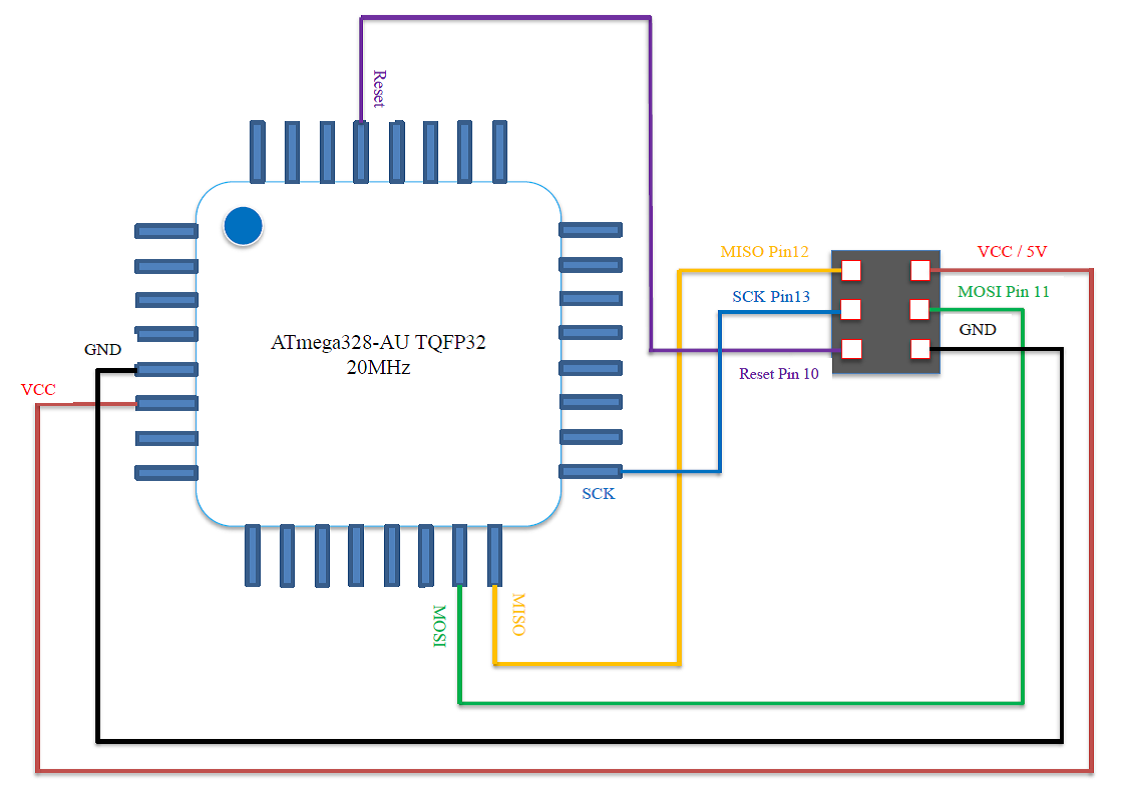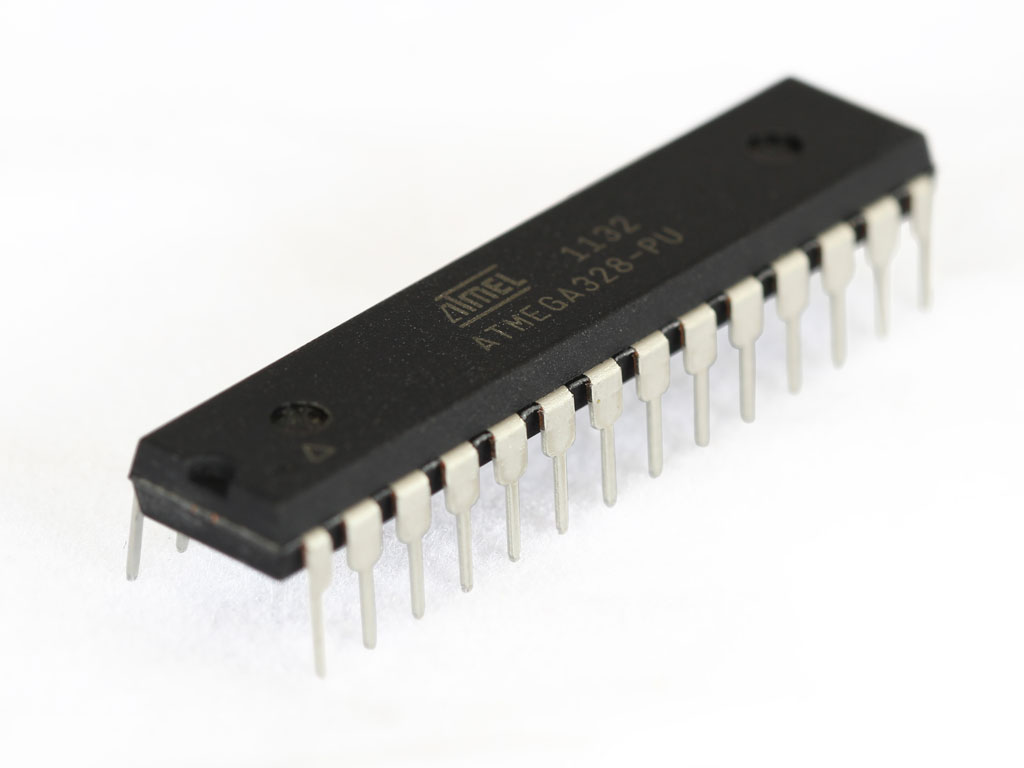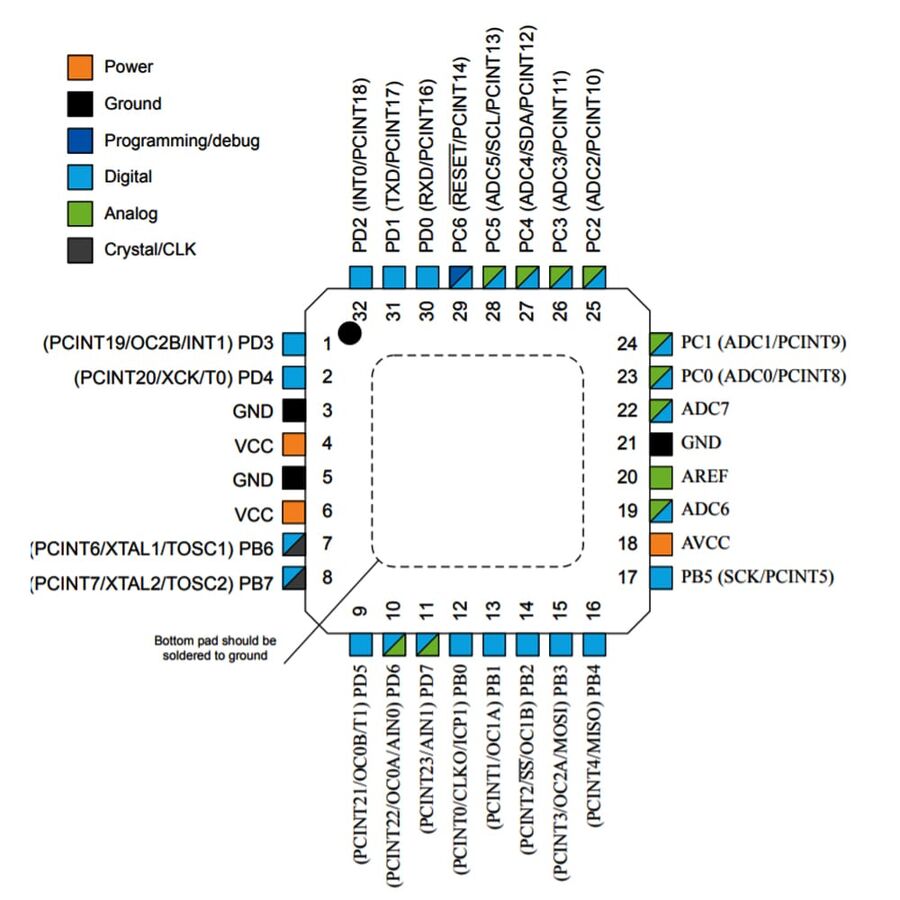

Drone on Updated OSHW Flash Drive Keeps Data Safe, Fingers Dry.m1ke on Flipper Zero “Smoking” A Smart Meter Is A Bad Look For Hardware Hackers.matt wilkie on Automated MicroSD Card Swapping Helps In Embedded Shenanigans.What Do You Want In A Programming Assistant? 57 Comments If someone cares to educate me on that, I’m all ears. I don’t know if that’s typical for Atmel. A few months ago I read about another Atmel MCU with added features, that a year after announcement, still wasn’t obtainable by hobbyists. Though I hope it doesn’t take too long for these chips to become generally available. So for Atmel to offer a single new option, and this being so unusual as to be HaD article-worthy, is an odd concept to me.Īll jest aside, this is good news for Atmel users, and I’m happy for them. A single core may be offered with dozens of different peripheral sets. )Īdmittedly, Microchip does offer a dizzying array of options. Apparently that was just too much for him to handle, and he switched to Atmel. The last time I talked about Atmel with someone, they were complaining about Microchip because they produce two different chips varying only by a single letter (16F874 and 16F874A), which had different features and were therefore not 100% compatible with each other. In my mind these chips especially the STM32F0 parts are the new ‘AVRs’.Īs a Microchip user I find this rather amusing.
Atmega328p free#
But they can also be programmed using the Free STM32 Workbench IDE and STM32Cube libraries that come from the manufacturer. ST-Nucleo boards are supported by the mbed environment for higher abstraction arduino like programming.

ST is also releasing, the Nucleo-144 form factor boards that will be arduino Mega sized, still come with debugger, USB-to-Serial, and drag and drop programming, and some will support Ethernet and onboard USB, all for around $20.

Both board form factors cost about $15 and have varied target STM32 MCUs STM32F1,F0,F3 & F4 families are all represented. The Nucleo-32 boards have a similar size to the arduino nano whereas the Nucleo-64 boards are arduino Uno sized. Also they are some of the lowest cost MCU’s out there. The STM32 MCU’s come with decent peripherals and reasonably good documentation.
Atmega328p serial#
In addition, all STM32 chips also have built-in ROM/factory bootloaders that can be easily accessed over Serial or even USB with a tool like dfu-util in case you decide to roll your own. They all come with a built-in debugger, serial-to-USB and drag and drop programming capabilities. Posted in Microcontrollers, News, Slider Tagged atmega328, Atmel, AVR, news Post navigation
Atmega328p code#
Arduino folks will have to wait until the chips (and code support) work their way into the ecosystem. If you write your own code in C, taking advantage of the new features should be a snap. So what does this mean for you? A quick search of the usual suspects shows the chips in stock and shipping right now, and there’s an inexpensive dev kit available as well. We’ll have to look into this in detail when we get our hands on one of the chips.
Atmega328p software#
It relies on Atmel’s QTouch software library, though, so it looks like it’s not a free-standing peripheral as much as an internal multiplexer with maybe some hardware-level filtering. This is entirely new to the ATmega328PB chip, and looks like it’ll be interesting for running capacitive sense buttons without additional ICs.


 0 kommentar(er)
0 kommentar(er)
